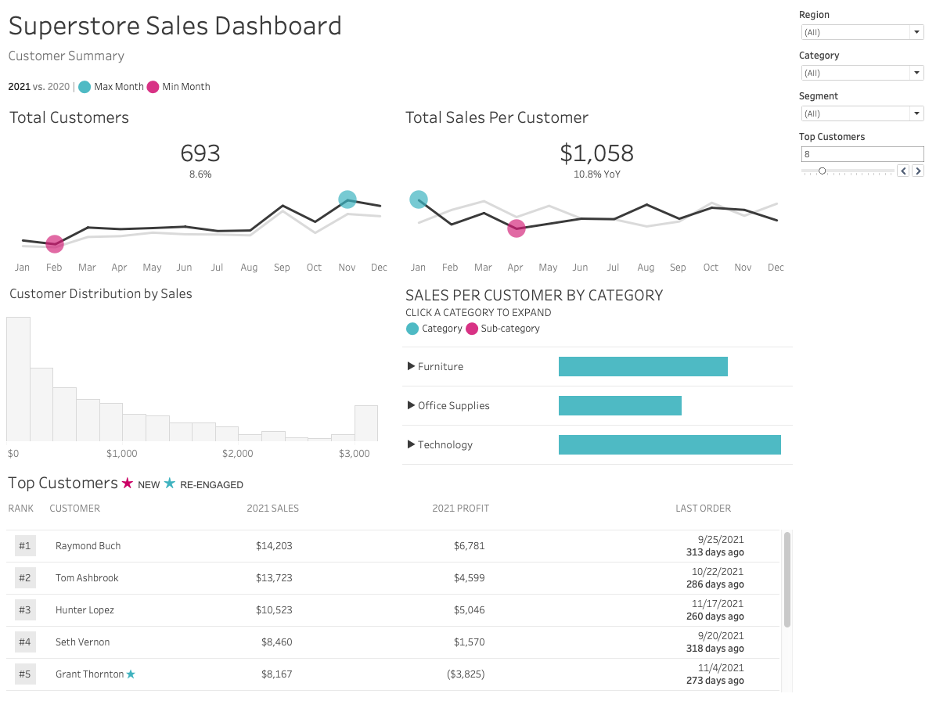5 Essential Tips to Format Excel for Tableau

Excel is a powerful tool for data analysis, and when paired with Tableau, it becomes even more versatile. Proper formatting in Excel can streamline your data preparation process, making it easier to create insightful visualizations in Tableau. Here are five essential tips to ensure your Excel files are well-prepared for seamless integration with Tableau:
1. Ensure a Clean Dataset

Clean Data: Start by making sure your data is as clean as possible. Look for:
- Duplicate records: Use Excel's "Remove Duplicates" feature under the Data Tools section to eliminate them.
- Blank cells: Fill in or delete blank cells that might cause issues during import.
- Errors: Correct or remove any errors in the data set. Use conditional formatting to highlight potential issues.
⚠️ Note: Errors in Excel like #DIV/0! can disrupt Tableau's import, leading to erroneous data points.
2. Format Your Data Correctly

The way you format your data in Excel can significantly affect its usability in Tableau:
- Consistent Number Formatting: Use a consistent number format throughout your data. For instance, if you're using dates, ensure they're all formatted the same way.
- Remove Merged Cells: Tableau does not support merged cells. Unmerge cells in your Excel sheet before importing into Tableau.
- Text to Columns: For complex data fields, use Excel's "Text to Columns" to separate data into multiple columns if necessary.
| Formatting Issue | Effect in Tableau | Solution in Excel |
|---|---|---|
| Merged Cells | Import Failure | Unmerge cells |
| Inconsistent Number Formats | Data Misinterpretation | Apply consistent formatting |
| Incorrect Data Types | Data Import Errors | Convert data to correct type |

3. Use Headers Properly

Column Headers: Headers are crucial for Tableau:
- Use the first row to label your columns clearly. Avoid special characters, and keep them short and descriptive.
- Ensure no blank rows are inserted between headers and data; Tableau assumes headers start at the top.
4. Optimize Your Data Structure

Vertical Data Structure: Tableau prefers data in a vertical or tall format:
- Restructure data where each row represents an instance of data, and columns represent different attributes or variables.
Use of Pivoting: If your data is in a pivot table format:
- Convert it back to a tabular format in Excel before importing into Tableau. This reduces the complexity of Tableau calculations.
5. Limit the Use of Excel's Advanced Features

While Excel offers numerous advanced features:
- Avoid Calculations: Perform calculations in Tableau. Keeping the Excel file simple reduces import errors.
- Remove Visuals and Macros: Excel's charts, macros, and conditional formatting won't transfer over, and can sometimes interfere with data import.
- Freeze Panes: While useful in Excel, freezing panes can disrupt Tableau's view of your data. Unfreeze panes before exporting.
💡 Note: Excel's formulas and advanced features can be powerful, but for Tableau, you're better off with raw data.
By following these tips, you not only prepare your data for seamless integration with Tableau but also enhance its overall quality and accuracy. Remember, the cleaner and more structured your Excel data is, the less time you'll spend cleaning up in Tableau, allowing you to focus more on creating meaningful visualizations and insights. Proper formatting in Excel sets the foundation for efficient and effective data analysis in Tableau, maximizing both tools' capabilities to deliver compelling data stories.
Why does Tableau have trouble with merged cells?

+
Tableau uses row and column data strictly, so merged cells can disrupt this structure, leading to data import issues.
Can I still use Excel for data analysis before importing into Tableau?

+
Yes, but keep it minimal. Perform basic cleaning in Excel. Tableau is where you can leverage complex analysis.
What if my Excel data needs to be reformatted for Tableau?

+
If reformatting is necessary, consider using Excel functions like “Text to Columns” or creating additional sheets for different data structures before importing into Tableau.



